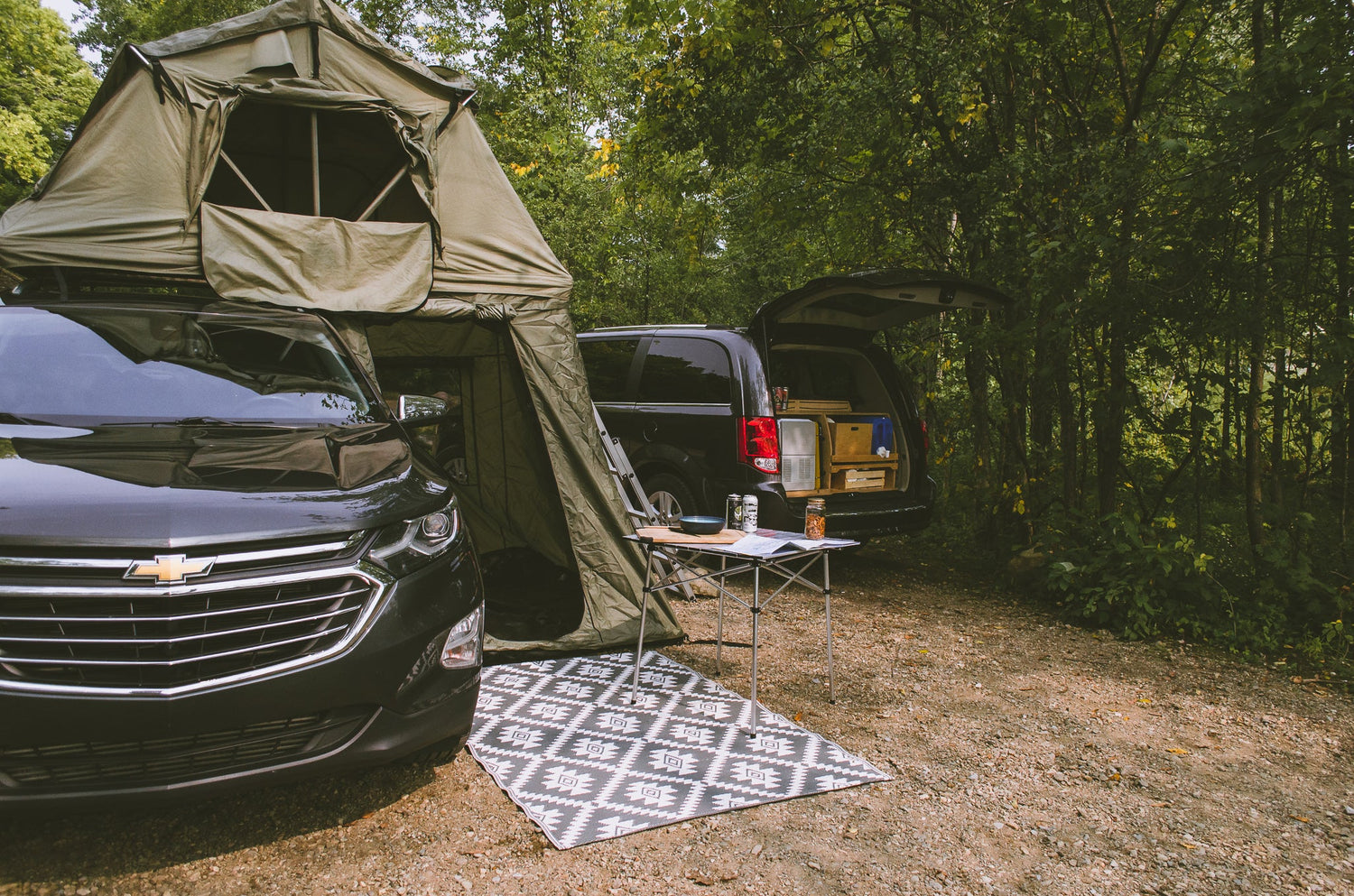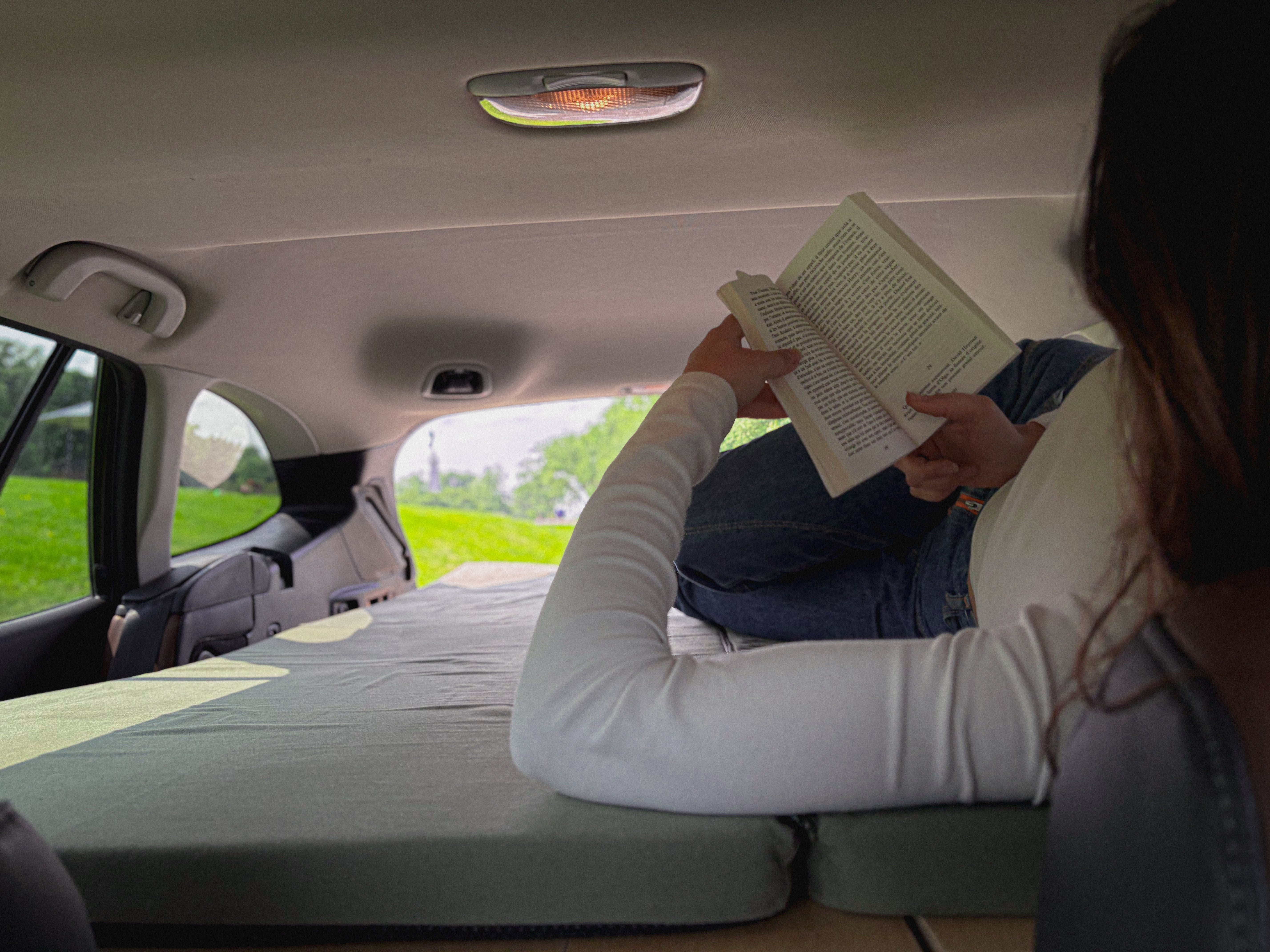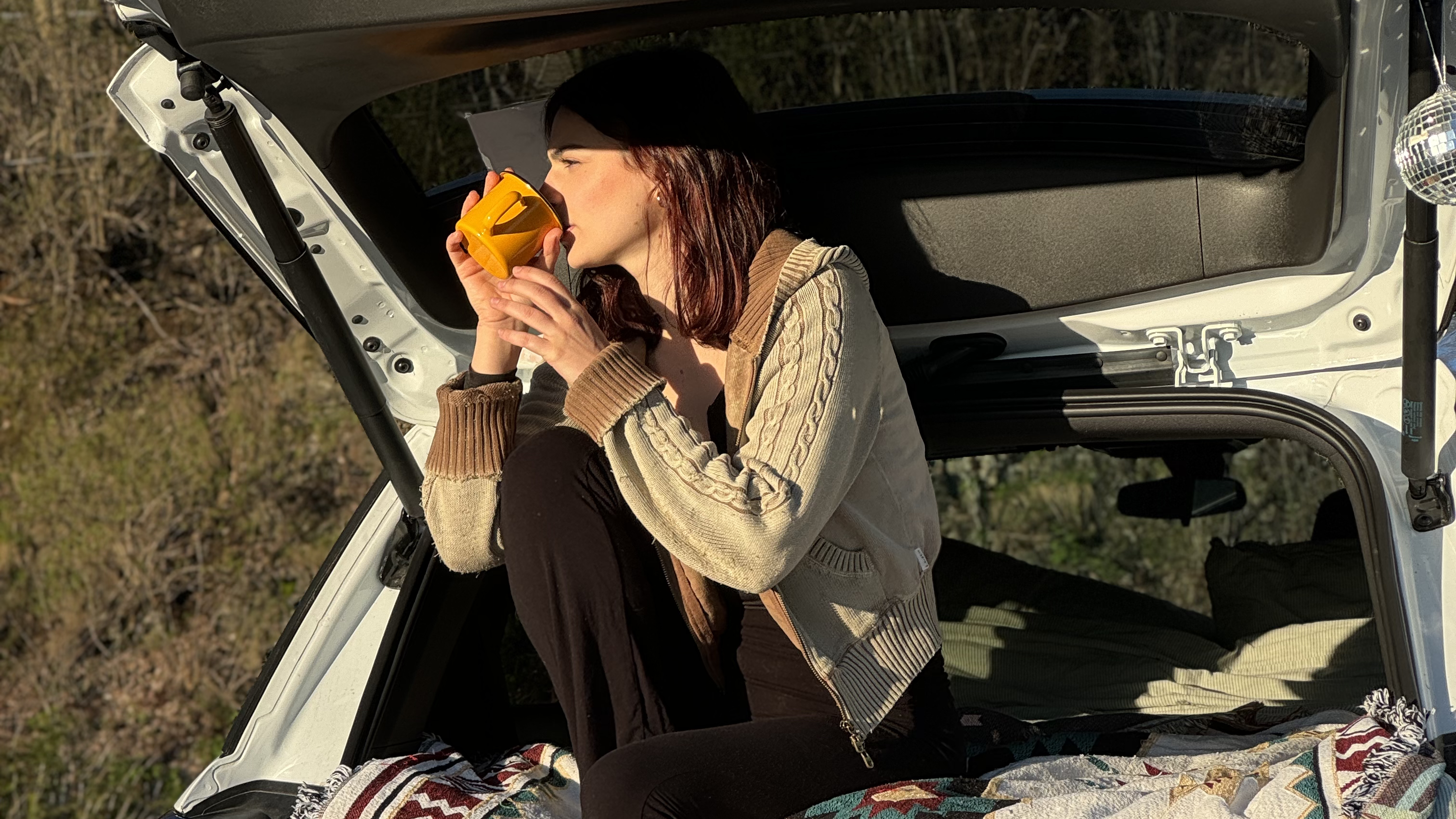Vanlife looks like a dream… but let’s talk about the hidden costs
Vanlife makes people dream: freedom, breathtaking landscapes, a hot coffee with a lake view… But before you hit the road, it’s important to understand the reality behind those perfect Instagram shots! Because yes, traveling in a van is amazing, but it also comes with its share of hidden costs you shouldn’t ignore…
Don’t worry! We’ll break them down for you here, with a few tips to avoid or manage them, so your road trip stays an adventure, not a bill!
1. Vehicle costs
Most people think the biggest expense in vanlife is buying the van itself… but surprise: maintenance costs can add up quickly.
Maintenance and repairs
Budget for:
-
Brakes and suspension
-
Rust (especially if you live in snowy regions 👋)
-
Tire changes
-
A battery that gives up on you mid-trip
-
Filters, oil changes, belts, etc.
Sometimes you find what looks like a bargain… but be careful! A used van can hide many surprises, especially if you plan to travel long distances. We highly recommend:
-
Having the vehicle inspected by a professional before buying
-
Asking all the “boring” questions (maintenance history, parts replaced, etc.)
-
Staying a little suspicious when everything is “perfect” at a ridiculously low price 🙃
Insurance and registration
A van that’s permanently converted is usually considered a modified vehicle. This can mean paperwork, extra inspections, or even a reclassification that leads to higher insurance or registration fees.
👉 But with a Vanpackers kit, none of that applies!
-
Our kits are non-permanent (easy to remove)
-
Installed without altering the vehicle’s structure
-
Treated as furniture or removable equipment
The result: your vehicle stays “normal” in the eyes of the authorities. No hidden fees, no paperwork. You transform your van for your adventures… then switch it back to everyday mode in minutes 😎
2. DIY build or ready-to-install kit?
DIY conversion: things to consider
Building your own van setup is tempting: total flexibility, pride in the “handmade” look! It also seems cheaper… but is it really?
Costs to keep in mind:
-
Materials: treated wood, screws, glue, paint, handles, varnish...
-
Tools (to buy or borrow): drill, saw, sander, clamps, measuring square, protective gloves (if you want to keep all ten fingers)
-
Costly mistakes…
-
Certifications if you add electricity, propane, etc.
-
And above all: your time. Many underestimate how long a conversion takes nights, weekends, endless patience.
It can absolutely be a fun project to do with friends or family, but be ready to invest your time, money… and your back. (We know, we’ve tested it for you!)

Ready-to-install kit
A kit may feel expensive at first glance, between $995 and $4,945, but is it really pricier in the long run? Not necessarily. This purchase actually eliminates many hidden costs because:
-
Everything is optimized ! You’re buying our expertise too!
-
No vehicle modifications = no extra registration or insurance fees
-
No wasted materials or hours of rework
-
Quick installation = your van transforms in just minutes
Yes, it’s a bigger upfront cost, but in the end, you really get your money’s worth. You’re buying peace of mind, reliability, and the certainty of what you’re getting.
To make it more accessible, we even offer payment plans starting at $60/month.
And here’s a bonus: if you don’t want your kit anymore, you can resell it, or even rent it out to make some money. At that point, it’s basically an investment 👌
3. Road expenses
On the road, it’s not just gas that drains your wallet—lots of little costs add up.
-
Gas: heavier or less aerodynamic vans = higher fuel bills.
-
Parking: whether in cities, parks, or campgrounds, fees can rise quickly.
-
Showers & laundry: essentials after a few days… and rarely free.
-
Unlimited data plans: because Google Maps, Spotify, and Netflix in the woods come at a price.
Tips to save money on the road:
-
Use apps like GasBuddy to find the cheapest fuel.
-
Driving a minivan often means you’re treated like a car, so ferries and parking can be cheaper (and easier).
-
Look for free overnight parking apps like iOverlander, Park4night, or Campendium are goldmines for user-shared spots.
-
Invest in a solar shower: it saves money, it’s eco-friendly, and it gives you the full camping vibe.
-
Download your shows, movies, and routes ahead of time on Wi-Fi (thanks McDonald’s or Tim Hortons ☕).
In summary
There’s no “right” or “wrong” way to start your vanlife journey. Whether you build it yourself or go with a ready-to-install kit, the key is understanding what each option involves.
Weigh the pros and cons, plan for the costs, and most importantly choose what fits your lifestyle best.
Because at the end of the day, vanlife isn’t about the math or the technical details: it’s about the journey, the discoveries, and the freedom… without the headaches!















